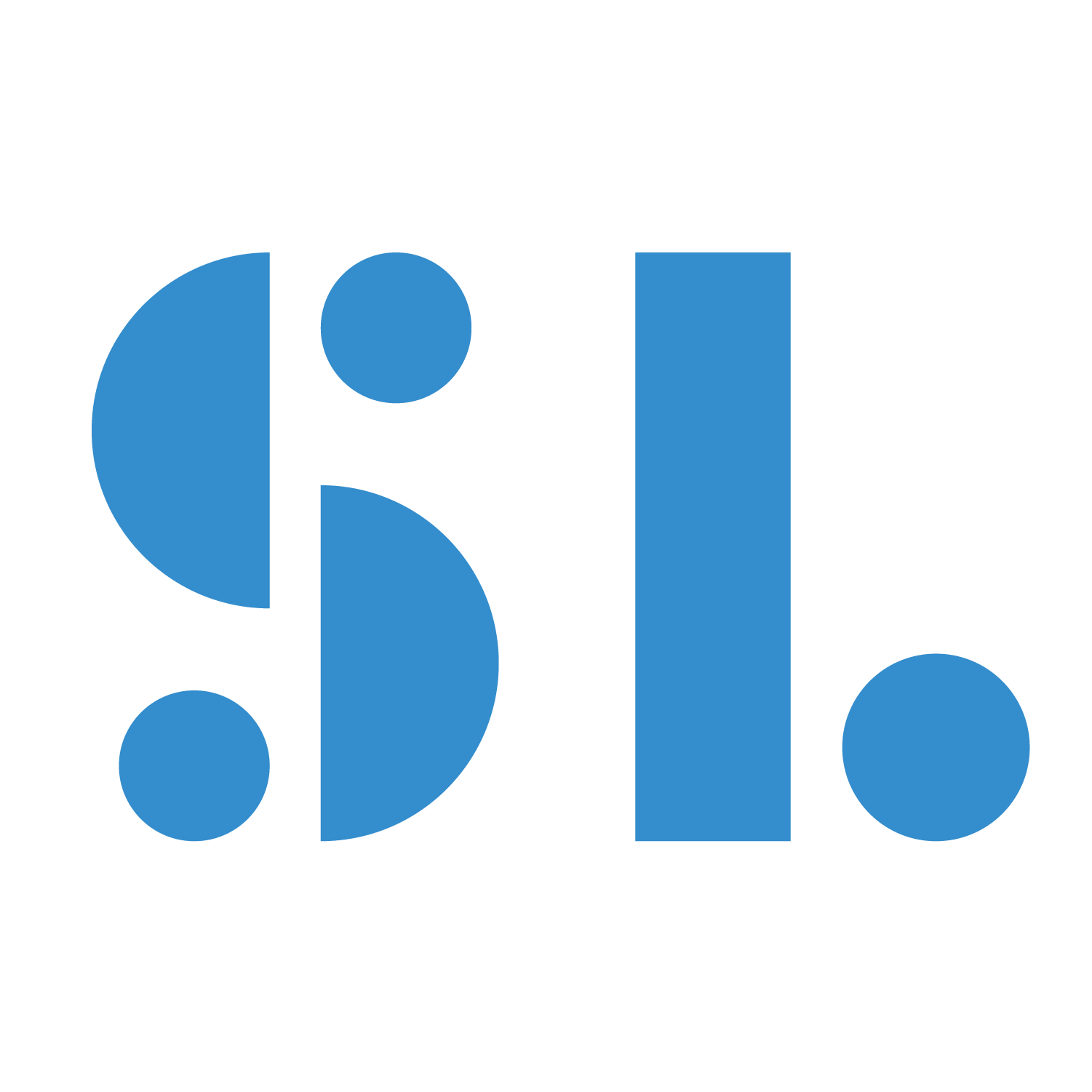



UX Research
Visual Design
User testing
Wireframing
Prototyping
3 months
Independent project done for Google UX certificate program
LeBouquet is a small local flower shop in San Francisco. Their online orders increased after pandemic by 10-15%. With 12% growth of online flower shop (2014-2019) and job outlook declining 14% in floral industry because of online flower retailers, there’s a need to update the digital presence for LeBouquet.
The mobile application for LeBouquet organizes flower arrangements for smoother shopping experience and provides the consumers with its own special rewards program and customized services that can only be done at a local flower shop to compete with big online retailers.
• I interviewed 8 people (20-35 age groups in the city who ordered online before) to learn about what they look for when looking and buying flower arrangements.
• I also interviewed 2 flower shop owners (1 of them is LeBouquet owner) to get a better understanding of what the current market looks like from the other side. I completed secondary research to back up some of the findings.
• Many prioritized selling flower arrangements by different occasions.
• Most companies do not provide flower measurements.
• Some companies offer special subscriptions for free shipping and discounts.
• Most of them had easy user flows with some of them having hidden fees added up at the end.

They currently use forms to take online orders. Customers browse through random photos and then find out the name of the arrangements and price. They then have to add the name in the comment section on the form with delivery time and other personal information to place an order.





- People find it overwhelming when purchasing flowers and found it stress free to purchase from places that offer selections for variety of occasions.
- 77% of flower purchases involve a specific occasion or reason.(Floristry and Floriculture Industry Statistics & Trends (2021) BY PETAL REPUBLIC TEAM)
One of the most frustrating thing is when consumers can’t find the one they were looking for.
Although shopping for flowers digitally is convenient, users are frustrated with not knowing how exactly big the flowers are going to be.
For frequent shoppers, numbers start to add up. Bigger companies are able to provide lower price because of demand. Small companies are not able to do this and feel like the number should be justified for their creative work.


Created empathy map, value proposition, primary user flow, secondary user flow, information architecture, crazy 8 sketches, and lofi-wireframe sketches.
Drag or click on arrows

Empathy Map

Value Proposition

Primary User Journey

Secondary User Journey

Information Architecture





Instead of having random selections, create occasion and flower based lists so that the customers can choose flowers more easily and stress free.
List out flowers available in store and add feature to request flowers that are not in store to be picked up next time.
- Update product pictures next to an average sized person for easy size comparison
- Provide measurement estimates for flower and flower arrangement
- Add review feature so customers can confirm quality
To compete with big companies' ability to lower the price, create a rewards program with mini/small dried flower arrangements as the reward.
92% women said best reason to get flowers is just because. (Society of American Florists)
45% of flowers managed by the floral industry die before they are ever sold. (Society of American Florists)

1. Created search bar to find specific flowers because users had trouble finding flowers they wanted on the first page and wanted less steps to get to the flower they wanted.
2. Users were confused about clicking on what’s available this week and felt like it was limited option so changed the wording to shop by flowers.
3. There was a need for easier or quicker access to rewards so that users can get a sense of satisfaction at a first glance.
Before

After

Users had hard time requesting flowers. Majority wanted to know about the feature earlier vs finding out about it at the end of the page.
Before

After

Users mixed up delivery and pick up and wasn't sure if they were on the right section.
Before

After

77% of flower purchases involve a specific occasion. Currently, LeBouquet doesn't have an organized list for the products and there was an opportunity to sell by occasion for easy shopping experience and to compete with online retailers.
Market Run is a service that's unique to LeBouquet and something big competitors aren't able to cater to each user. I wanted to focus on this feature since it's a valuable service for LeBouquet.
What happens when a user request flower that's already in store?

Overcoming the bias as a designer can be tricky, which is why it’s important to constantly remind myself to be in user's shoes through research. Early on in the ideation process, I found the user journey map to be very helpful in guiding me to think like a user and checking that my sketches were going in the right direction.
Even after I make design decisions with the right research methods, not all users will complete the task during usability testing (and that’s okay). Discovering the user insights to improve user experience is the fun part! During this project, I’ve learned to empathize with the users through the user journey map, not be afraid of making big changes, and enjoy the process of finding problems to solve during every process.

UX Research
Visual Design
User testing
Wireframing
Prototyping
3 months
Independent project done for Google UX certificate program
LeBouquet is a small local flower shop in San Francisco. Their online orders increased after pandemic by 10-15%. With 12% growth of online flower shop (2014-2019) and job outlook declining 14% in floral industry because of online flower retailers, there’s a need to update the digital presence for LeBouquet.
The mobile application for LeBouquet organizes flower arrangements for smoother shopping experience and provides the consumers with its own special rewards program and customized services that can only be done at a local flower shop to compete with big online retailers.
• I interviewed 8 people (20-35 age groups in the city who ordered online before) to learn about what they look for when looking and buying flower arrangements.
• I also interviewed 2 flower shop owners (1 of them is LeBouquet owner) to get a better understanding of what the current market looks like from the other side. I completed secondary research to back up some of the findings.
• Many prioritized selling flower arrangements by different occasions.
• Most companies do not provide flower measurements.
• Some companies offer special subscriptions for free shipping and discounts.
• Most of them had easy user flows with some of them having hidden fees added up at the end.

They currently use forms to take online orders. Customers browse through random photos and then find out the name of the arrangements and price. They then have to add the name in the comment section on the form with delivery time and other personal information to place an order.





- People find it overwhelming when purchasing flowers and found it stress free to purchase from places that offer selections for variety of occasions.
- 77% of flower purchases involve a specific occasion or reason.(Floristry and Floriculture Industry Statistics & Trends (2021) BY PETAL REPUBLIC TEAM)
One of the most frustrating thing is when consumers can’t find the one they were looking for.
Although shopping for flowers digitally is convenient, users are frustrated with not knowing how exactly big the flowers are going to be.
For frequent shoppers, numbers start to add up. Bigger companies are able to provide lower price because of demand. Small companies are not able to do this and feel like the number should be justified for their creative work.


Created empathy map, value proposition, primary user flow, secondary user flow, information architecture, crazy 8 sketches, and lofi-wireframe sketches.
Drag or click on arrows

Empathy Map

Value Proposition

Primary User Journey

Secondary User Journey

Information Architecture





Instead of having random selections, create occasion and flower based lists so that the customers can choose flowers more easily and stress free.
List out flowers available in store and add feature to request flowers that are not in store to be picked up next time.
- Update product pictures next to an average sized person for easy size comparison
- Provide measurement estimates for flower and flower arrangement
- Add review feature so customers can confirm quality
To compete with big companies' ability to lower the price, create a rewards program with mini/small dried flower arrangements as the reward.
92% women said best reason to get flowers is just because. (Society of American Florists)
45% of flowers managed by the floral industry die before they are ever sold. (Society of American Florists)

1. Created search bar to find specific flowers because users had trouble finding flowers they wanted on the first page and wanted less steps to get to the flower they wanted.
2. Users were confused about clicking on what’s available this week and felt like it was limited option so changed the wording to shop by flowers.
3. There was a need for easier or quicker access to rewards so that users can get a sense of satisfaction at a first glance.
Before
After


Users had hard time requesting flowers. Majority wanted to know about the feature earlier vs finding out about it at the end of the page.
Before
After


Users mixed up delivery and pick up and wasn't sure if they were on the right section.
Before
After


77% of flower purchases involve a specific occasion. Currently, LeBouquet doesn't have an organized list for the products and there was an opportunity to sell by occasion for easy shopping experience and to compete with online retailers.
Market Run is a service that's unique to LeBouquet and something big competitors aren't able to cater to each user. I wanted to focus on this feature since it's a valuable service for LeBouquet.
What happens when a user request flower that's already in store?

Overcoming the bias as a designer can be tricky, which is why it’s important to constantly remind myself to be in user's shoes through research. Early on in the ideation process, I found the user journey map to be very helpful in guiding me to think like a user and checking that my sketches were going in the right direction.
Even after I make design decisions with the right research methods, not all users will complete the task during usability testing (and that’s okay). Discovering the user insights to improve user experience is the fun part! During this project, I’ve learned to empathize with the users through the user journey map, not be afraid of making big changes, and enjoy the process of finding problems to solve during every process.
Index
©Sally Lee 2022
Index
©Sally Lee 2022